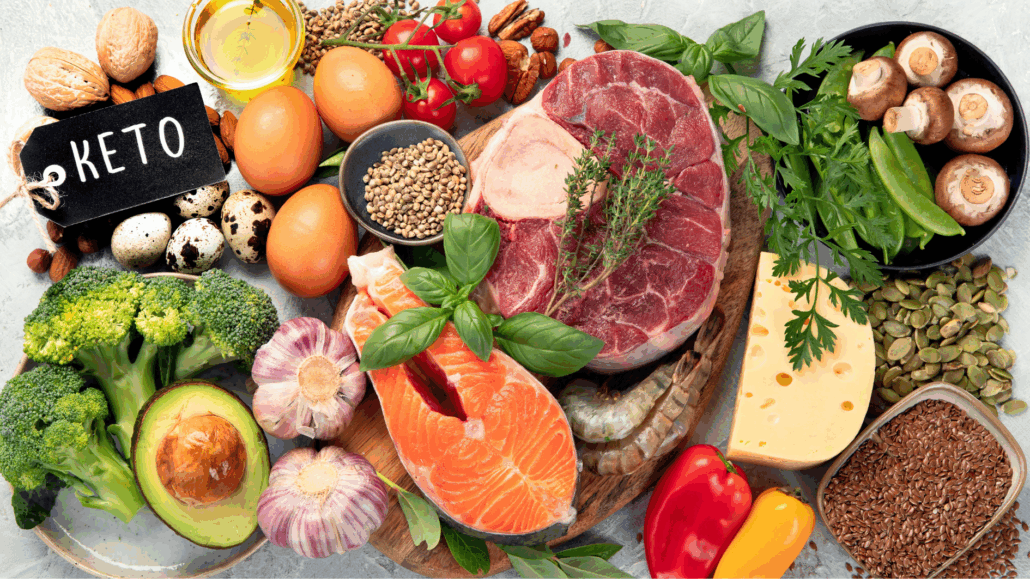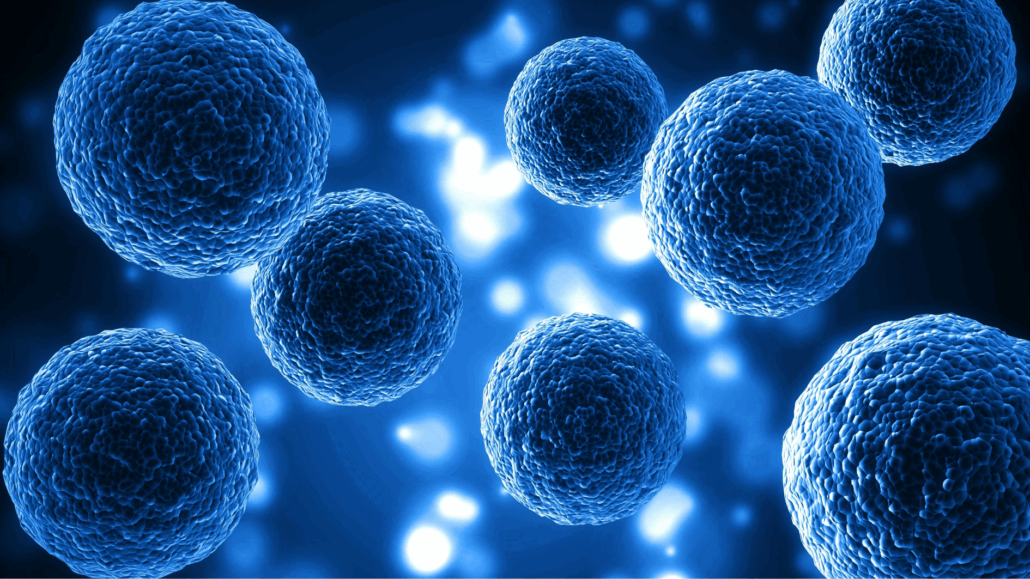We include products in articles we think are useful for our readers. If you buy products or services through links on our website, we may earn a small commission.
Keto for Beginners: A Step-by-Step Guide to Getting Started

Table of Contents
Hey there, future keto champions! Thinking about dipping your toes into the world of ketogenic diets? You’ve probably heard about the amazing benefits – weight loss, increased energy, and mental clarity – but maybe you’re feeling a little overwhelmed by where to start. Don’t worry, you’re not alone! This beginner-friendly guide will walk you through the basics of keto, step by step, making it easy to understand and implement.
What is the Keto Diet? (Simple Explanation)
The ketogenic diet, or keto, is a low-carb, high-fat diet that shifts your body’s metabolism from burning glucose (sugar) to burning fat for energy. This process is called ketosis.
Basically: You dramatically reduce your carb intake, moderately increase your fat intake, and consume a moderate amount of protein.
Why? When your body doesn’t have enough carbs to use for energy, it starts breaking down fat into molecules called ketones, which it uses as fuel.
Step 1: Understanding the Macronutrients
The keto diet revolves around specific macronutrient ratios:
- Fat: 70-80% of your daily calories.
- Protein: 20-25% of your daily calories.
- Carbohydrates: 5-10% of your daily calories (typically 20-50 grams of net carbs).
Net Carbs: Net carbs are the total carbohydrates minus fiber. Fiber doesn’t raise blood sugar, so it’s subtracted.
- Formula: Net Carbs = Total Carbs – Fiber
Step 2: What Foods to Eat (and Avoid)
Foods to Enjoy:
- Healthy Fats: Avocados, olive oil, coconut oil, nuts, seeds.
- Proteins: Meat (beef, chicken, pork), fish, eggs.
- Low-Carb Vegetables: Leafy greens (spinach, kale), broccoli, cauliflower, zucchini.
- Dairy (in moderation): Cheese, heavy cream, butter.
Foods to Avoid:
- Sugary Foods: Soda, juice, candy, pastries.
- Grains: Bread, pasta, rice, cereal.
- Starchy Vegetables: Potatoes, corn, peas.
- Most Fruits: Bananas, apples, oranges (berries in small amounts are okay).
- Processed Foods: Packaged snacks, fast food.
Step 3: Planning Your Meals
- Start Simple: Focus on easy-to-prepare meals with minimal ingredients.
- Meal Planning: Plan your meals for the week to avoid impulsive, carb-heavy choices.
- Use Apps and Resources: There are many apps and websites that can help you track your macros and find keto-friendly recipes.
- Example Meals:
- Breakfast: Scrambled eggs with spinach and avocado.
- Lunch: Salad with grilled chicken or fish and olive oil dressing.
- Dinner: Steak with broccoli and butter.
- Snacks: Nuts, cheese, or small amounts of berries.
Step 4: Dealing with the “Keto Flu”
- What is it? The “keto flu” is a set of temporary symptoms (headaches, fatigue, irritability) that some people experience in the first few days of keto.
- Why? Your body is adjusting to burning fat instead of carbs.
- How to Manage It:
- Drink plenty of water.
- Increase your electrolyte intake (sodium, potassium, magnesium).
- Get enough sleep.
- Take it easy those first few days.
Step 5: Staying Consistent and Tracking Progress
- Be Patient: It takes time for your body to fully adapt to ketosis.
- Track Your Progress: Use a food journal or app to monitor your macros and weight.
- Listen to Your Body: Adjust your diet as needed based on how you feel.
- Find Support: Join online communities or find a keto buddy for motivation.
Starting the keto diet can seem daunting, but with a little planning and patience, you can achieve your health goals. Remember to focus on whole, unprocessed foods, track your macros, and listen to your body. You’ve got this!
What are your biggest keto questions? And don’t forget to subscribe to Kiltz’s Mighty Tribe for more keto tips and recipes.














